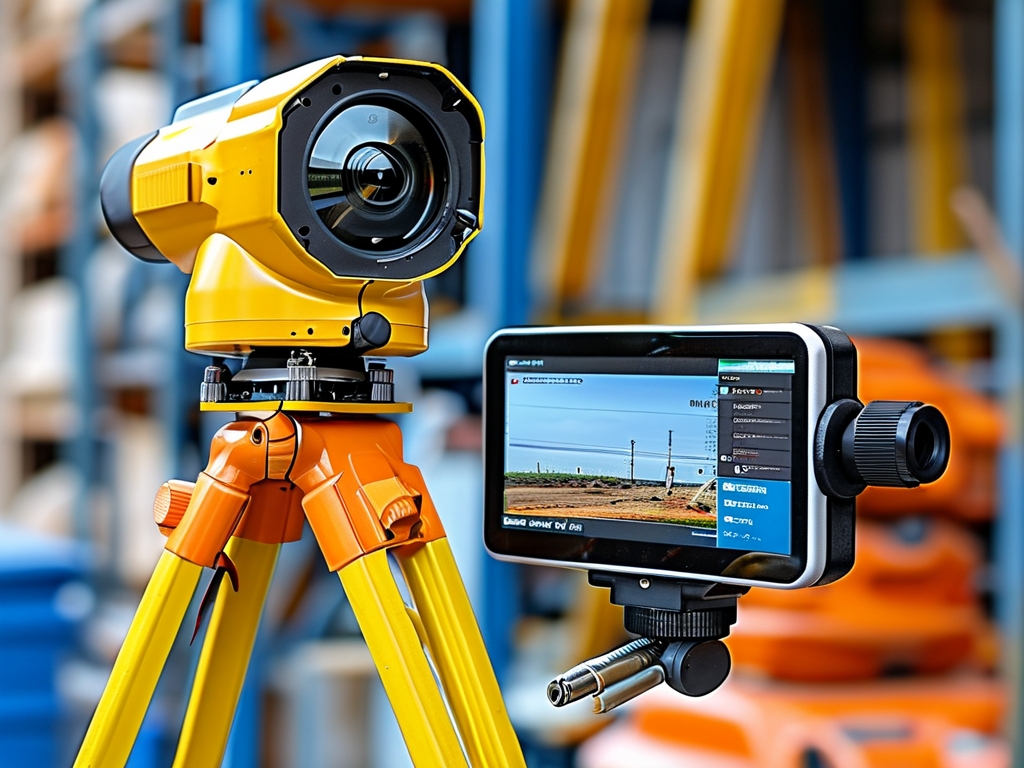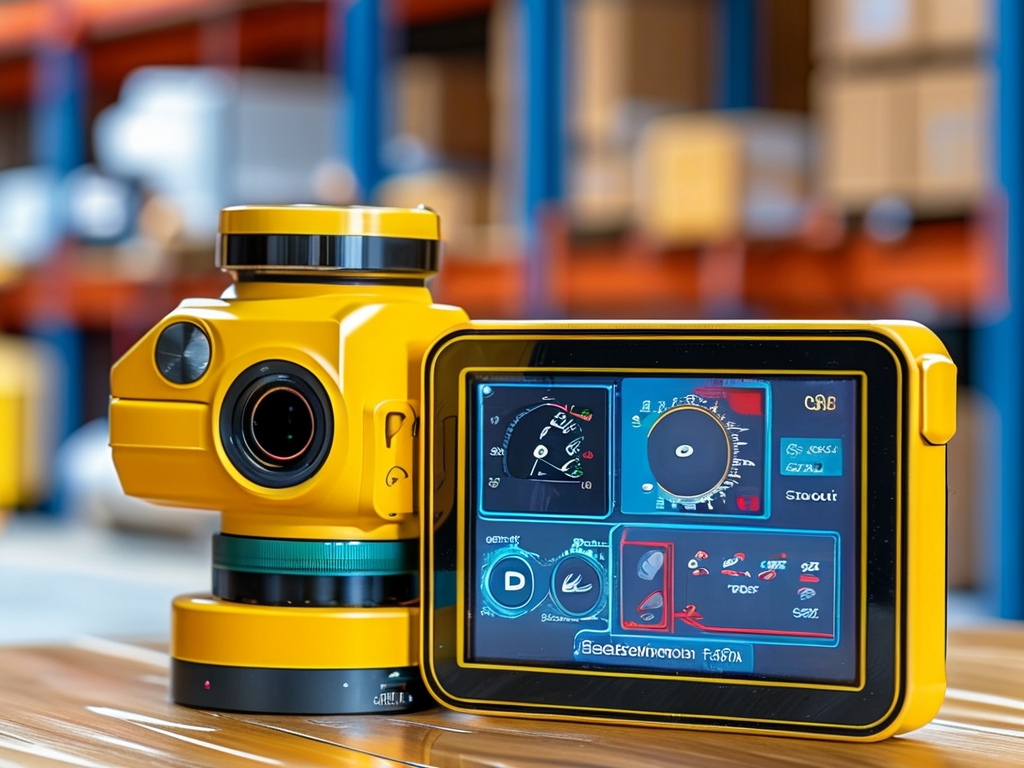Distance measurement systems have become indispensable in modern industrial automation, robotics, and consumer electronics. Embedded development plays a pivotal role in creating compact, efficient, and reliable ranging devices. This article explores the design principles, technologies, and applications of embedded distance measurement systems, focusing on ultrasonic, infrared (IR), and LiDAR-based solutions.

Core Technologies in Embedded Ranging
-
Ultrasonic Sensors:
Ultrasonic rangefinders calculate distance by measuring the time-of-flight (ToF) of sound waves. Embedded systems equipped with piezoelectric transducers emit 40 kHz ultrasonic pulses and detect echoes. A microcontroller (e.g., ARM Cortex-M or ESP32) processes signal delays to compute distances up to 5 meters with ±1 cm accuracy. Challenges include temperature compensation and multipath interference, often addressed through Kalman filtering algorithms. -
Infrared (IR) Proximity Sensors:
IR-based systems like the Sharp GP2Y0A21YK use triangulation principles. An IR LED emits modulated light, while a position-sensitive detector (PSD) captures reflected signals. Embedded firmware converts analog voltage outputs to distance values (10–80 cm). These low-cost sensors dominate obstacle avoidance in robotics but require calibration for varying surface reflectivity. -
LiDAR Modules:
Modern embedded LiDARs (e.g., TF-Luna) employ pulsed laser diodes and single-photon avalanche diodes (SPADs) for millimeter-level precision. Time-correlated single-photon counting (TCSPC) algorithms enable sub-meter to 200-meter measurements. Real-time operating systems (RTOS) manage high-speed data acquisition, making them ideal for autonomous vehicles and drones.
Embedded System Design Considerations
- Power Efficiency: Battery-operated devices demand ultra-low-power designs. Techniques like duty cycling (e.g., 1% active mode) and selecting energy-efficient MCUs (e.g., STM32L4) extend operational life.
- Signal Processing: Edge computing reduces latency. Finite impulse response (FIR) filters on FPGA or DSP cores eliminate noise, while machine learning models (e.g., TinyML) enhance anomaly detection.
- Communication Protocols: Integration with IoT networks requires support for BLE 5.0, LoRaWAN, or MQTT. Embedded firmware must handle protocol stacks without compromising real-time performance.
Case Study: Smart Parking System
A deployed embedded ultrasonic system in Munich uses 256 nodes with STM32F7 MCUs. Each node performs:
- Continuous ToF measurements at 20 Hz
- CAN bus communication for data aggregation
- Adaptive thresholding to ignore rain/snow interference
The system achieves 98.7% detection accuracy while consuming only 3.8 mW per sensor.
Challenges and Solutions
- Environmental Interference: Differential measurements (e.g., dual ultrasonic receivers) mitigate air turbulence effects in industrial settings.
- Multi-Sensor Fusion: Kalman filters combine data from accelerometers and rangefinders for mobile robotics, improving positional accuracy by 40%.
- Firmware Optimization: Static memory allocation and bare-metal programming reduce jitter in real-time applications compared to dynamic OS-based approaches.
Future Trends
- Photonics Integration: Silicon photomultipliers (SiPMs) will enable picosecond-level ToF resolution in CMOS-compatible embedded systems.
- AI at the Edge: Neuromorphic processors like Intel Loihi will allow on-device neural networks for predictive maintenance in rangefinders.
- 5G Synergy: Sub-6 GHz beamforming will assist embedded LiDARs in urban C-V2X networks, enabling centimeter-level crowd-sourced distance mapping.
Embedded development continues to revolutionize distance measurement technologies through optimized hardware-software co-design. As edge AI and advanced photonics mature, next-generation embedded rangefinders will achieve unprecedented precision while maintaining the reliability and compactness required for mass adoption across industries.









